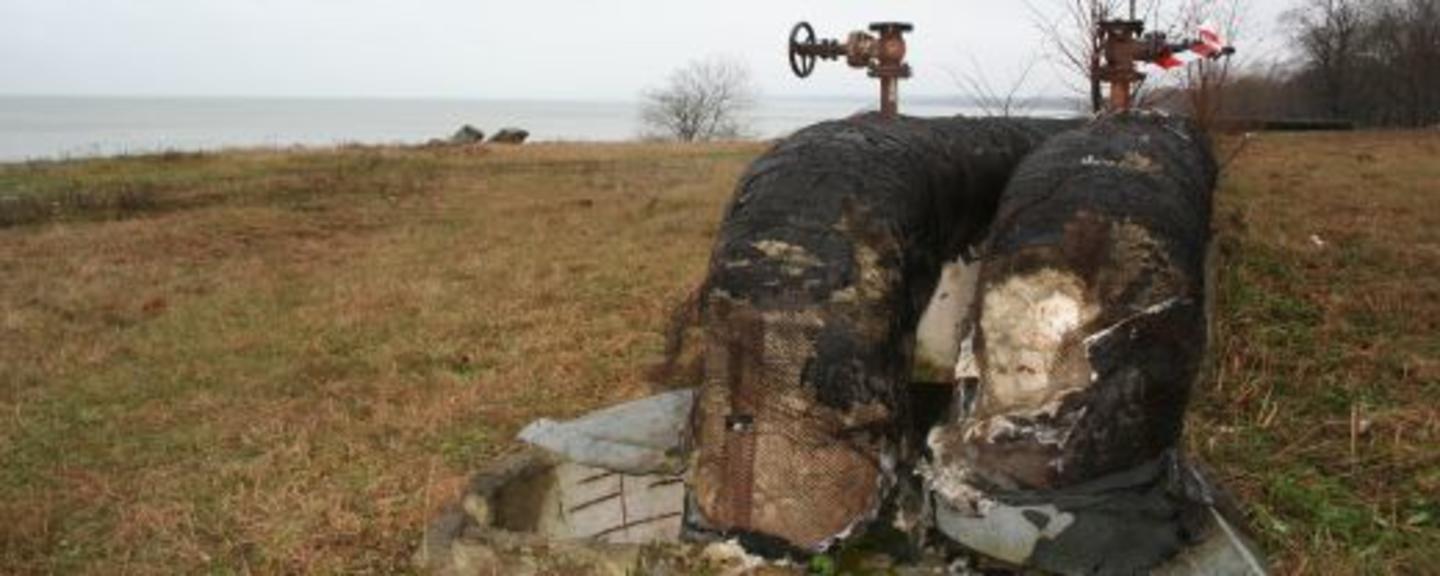The small town of Sillamäe at the Estonian seaside churned out uranium to supply Soviet nuclear weapons for 50 years, resulting in a tough battle against this industry’s negative impact on the environment in recent years.
"Sillamäe is however developing into a very different town," said project manager Dmitri Lohmatov of AS Sillamäe SEJ, referring to the rapid development seen in Sillamäe, which has become a large port in the eastern part of the EU. Now local residents are warmly welcoming the initiative of the company AS Sillamäe SEJ to modernise their pipelines and cut emissions of greenhouse gases by 1,600 tonnes a year, which becomes a reality thanks to a €325,000 grant from Norway.
Today the 16,000 residents share their city with over 2.5 kilometres of old pipelines located above ground. “We can not use the full scope of our beach, as 900 metres of pipeline are blocking the 450 metres beach,” project manager Dmitri Lohmatov of AS Sillamäe SEJ said. The above-ground pipeline is also resulting in a high heat loss as the pipes currently lining the seashore is cooled by wind and water. “As we now place the pipelines under ground we will dramatically decrease heat loss from 20% to 5%,” Lohmatov said.
The preparatory works for the project will take place during the first half of 2008. The pipelines to be replaced are serving over 2000 apartments, and the actual works on the heating network will therefore take place during summer 2009 when the heat supply can be turned off. Following project completion the heat company intends to waive its rights to the beach area, giving the municipality the go-ahead for its plan to develop the area into a recreational zone for the inhabitants in Sillamäe.
Photo: Kari Ertresvåg, FMO
News
16.10.2012
The local heat production and distribution company in Sillamäe, Estonia, has received a 60% grant from Norway to their €0.5 million project aimed at modernising the district’s heating network, which will also clear the city’s beach of above-ground pipelines and return it to its residents.

EE0039 pipeline.jpg